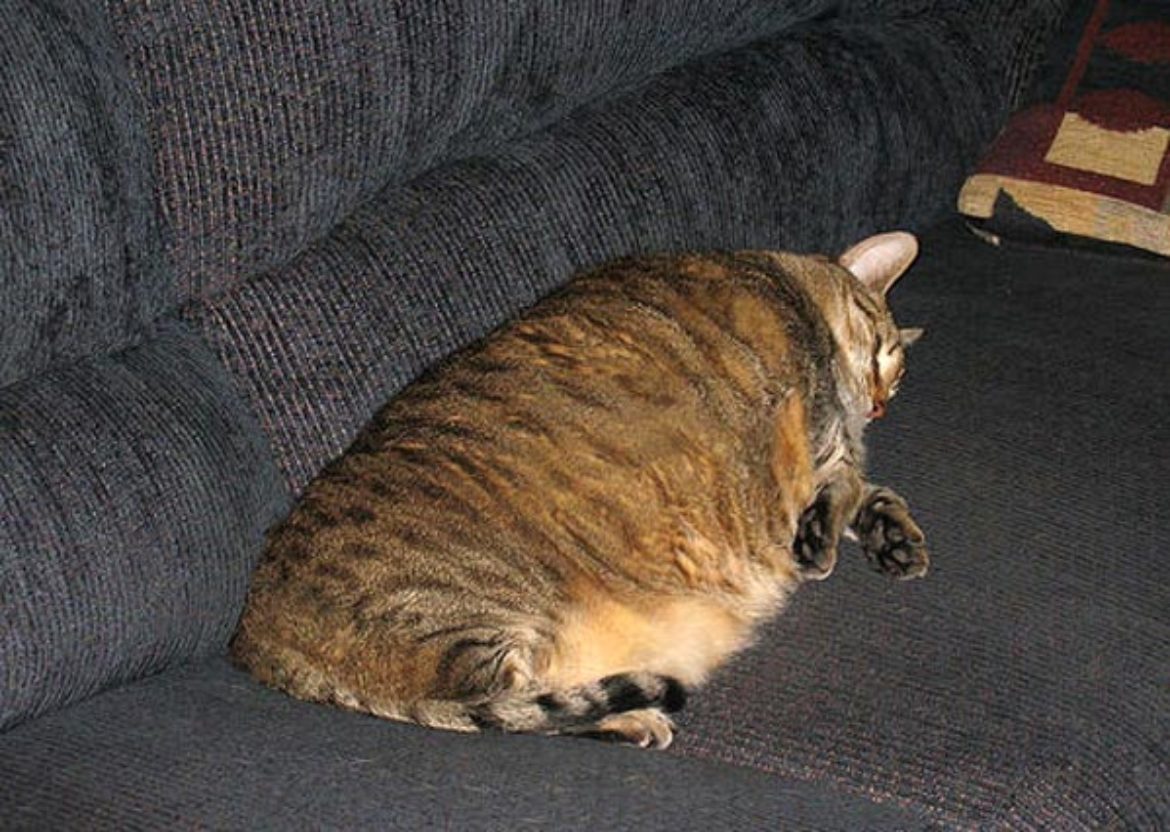
Diabetes is a chronic disease associated with abnormally high blood sugar levels. It is due to one of the following mechanisms in the cat:
- Type 1 diabetes is due to an inadequate production of insulin by the pancreas. Young animals are generally affected. This form of diabetes rarely happens in the cat.
- Type 2 diabetes is associated with an inadequate sensitivity of cells to the action of insulin. The pancreas is still producing insulin. Its level in the blood is therefore normal or even elevated.
- In cats, type 3 diabetes is generally the consequence of untreated type 2 diabetes. This happens when the cells responsible for insulin production are exhausted and cannot produce insulin any longer. The insulin blood level if low. This type of diabetes can also occur as a result of pancreatic diseases
n cats, diabetes is often a combination of type 2 and type 3 diabetes.
imilar to type 2 diabetes in people, feline diabetes is a commonly encountered disease in our society! Obesity is one of the main causes for diabetes in cats. A sedentary lifestyle and dietary aspects also play a significant role (indoor cats, dry food only). Diabetes is furthermore much more frequent in females than in males.
Prevention is thus possible: a mixed diet (pouches with some biscuits), physical activity and a healthy weight are all of paramount importance.
The following symptoms can raise suspicion of diabetes in cats:
- Increased thirst
- Increased hunger
- Increased urination
- Other symptoms, such as loss of appetite, dehydration, laboured breathing, vomiting and unconsciousness can be present in case of ketoacidosis
- A plantigrade stance (walking and standing on the hocks rather than the toes)
Give our veterinary centre « veterinaire.ch » a ring to book an appointment for a blood test. Unlike situations in people, early diagnosis and appropriate treatment allow many diabetic cats to go into remission.
